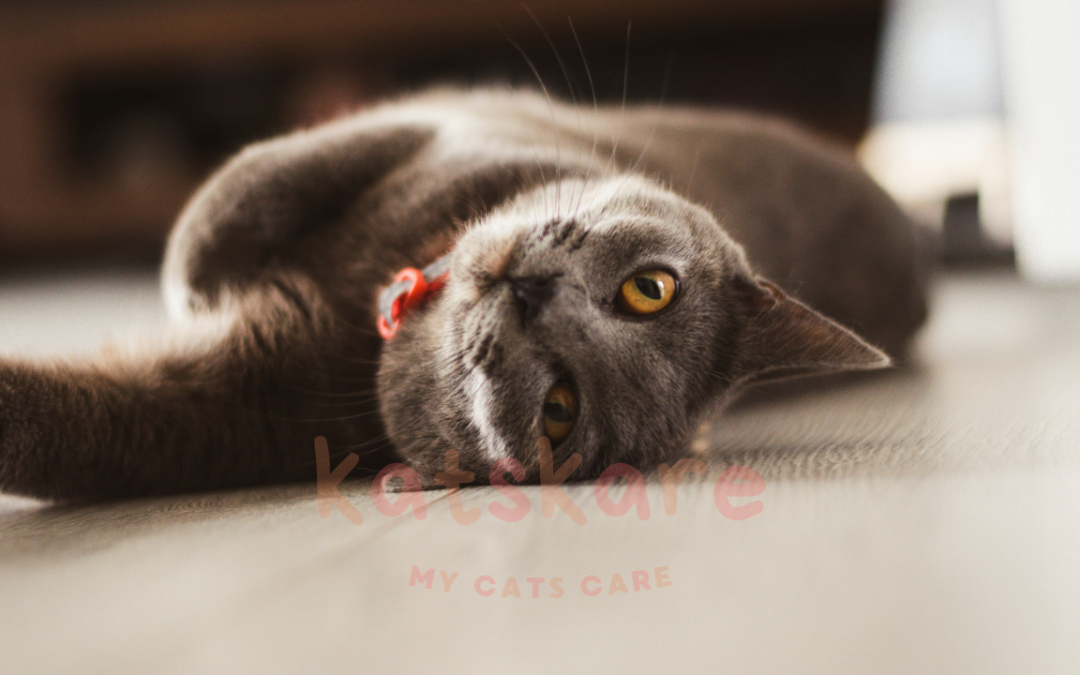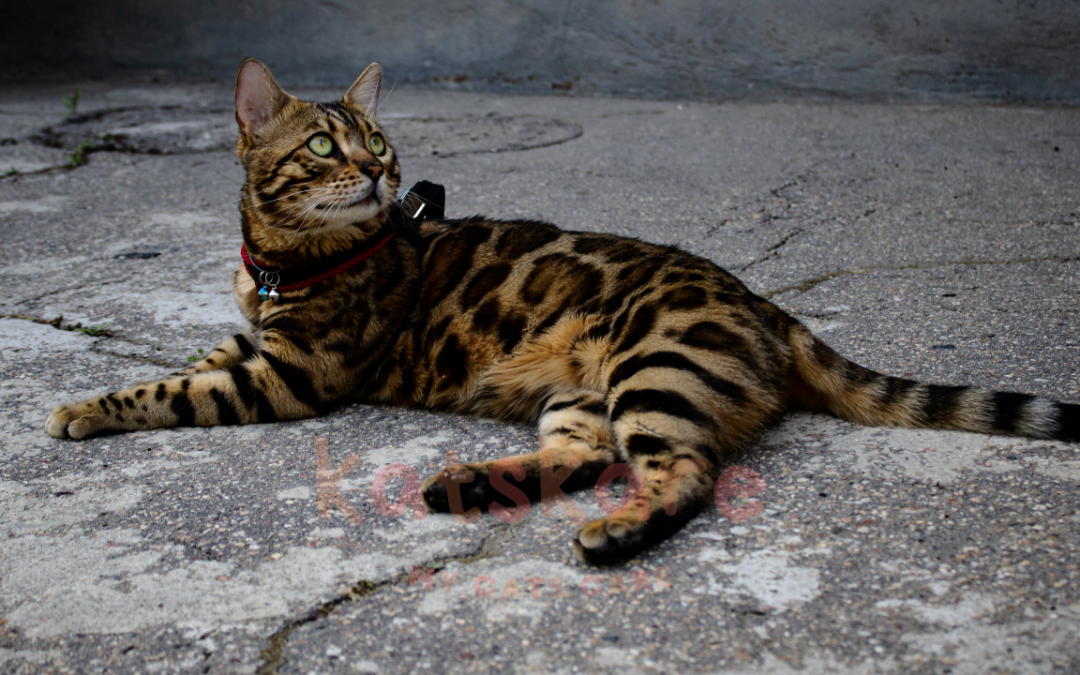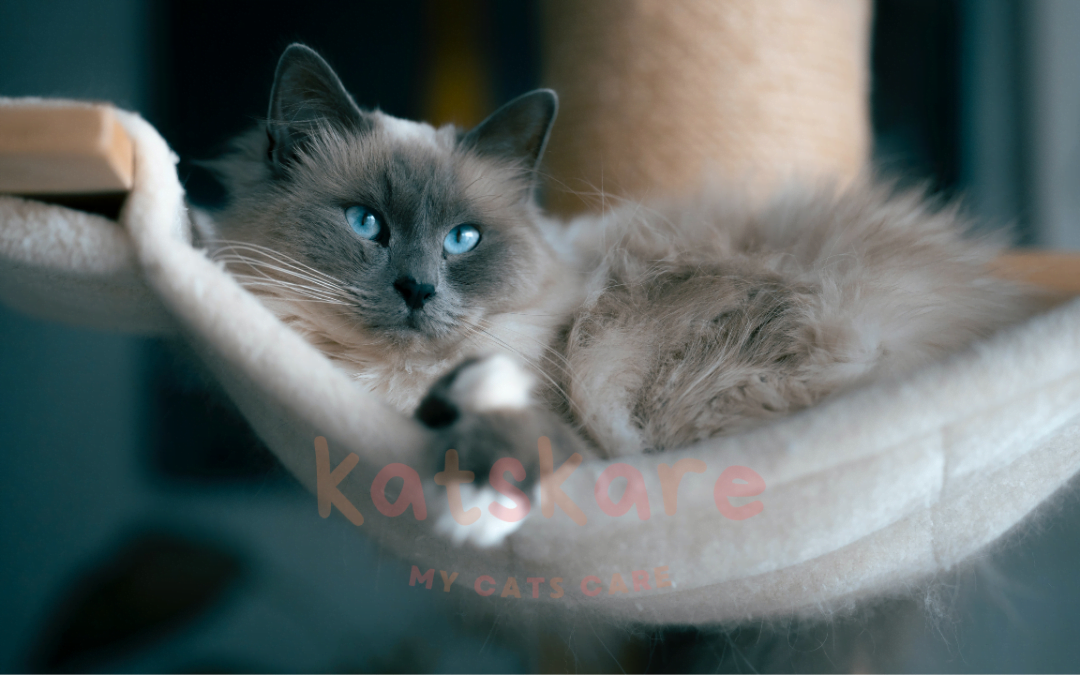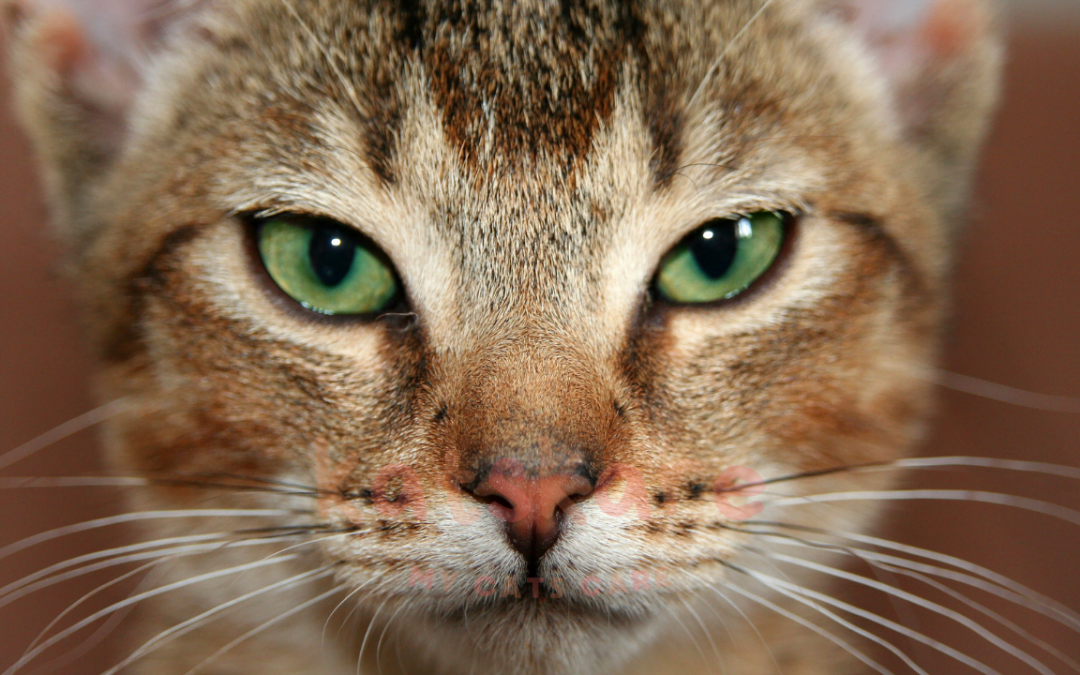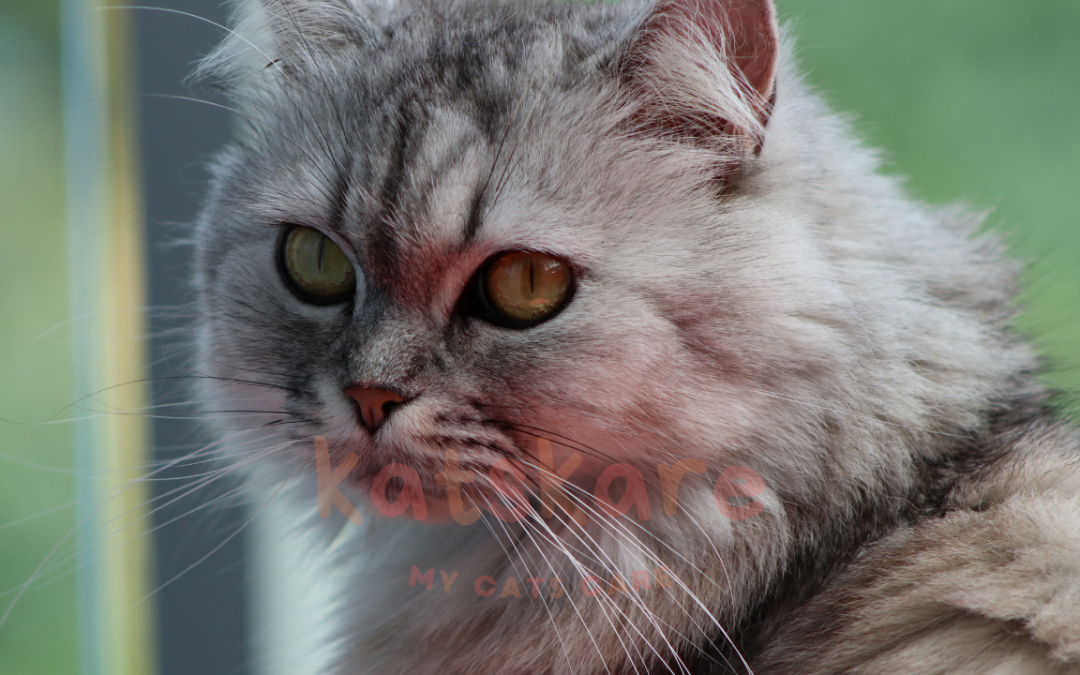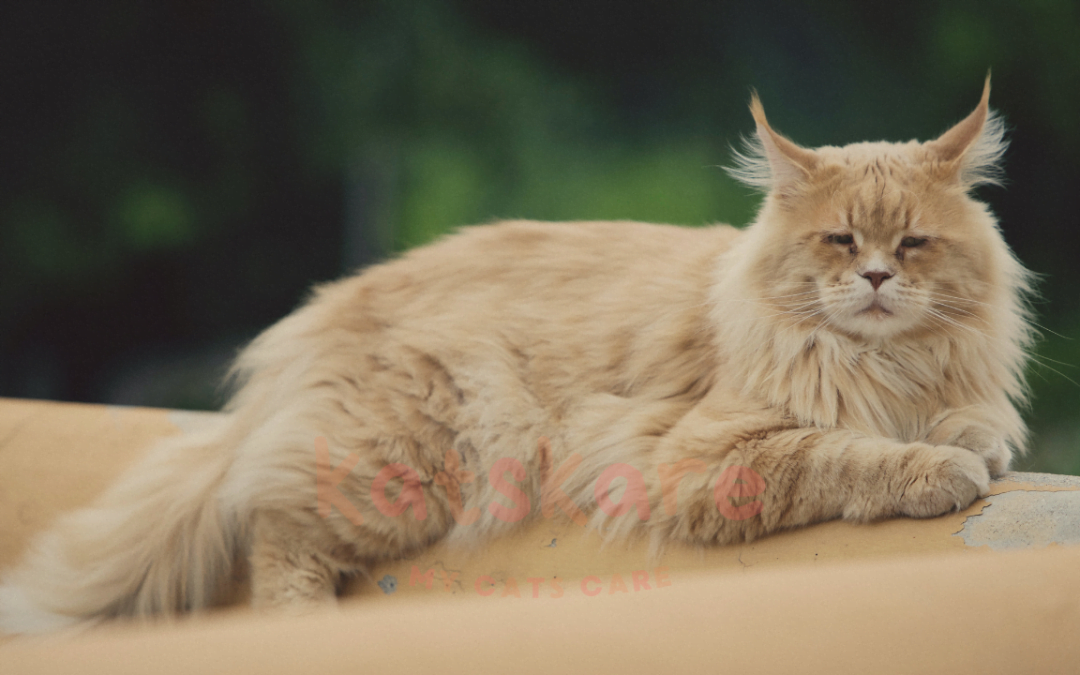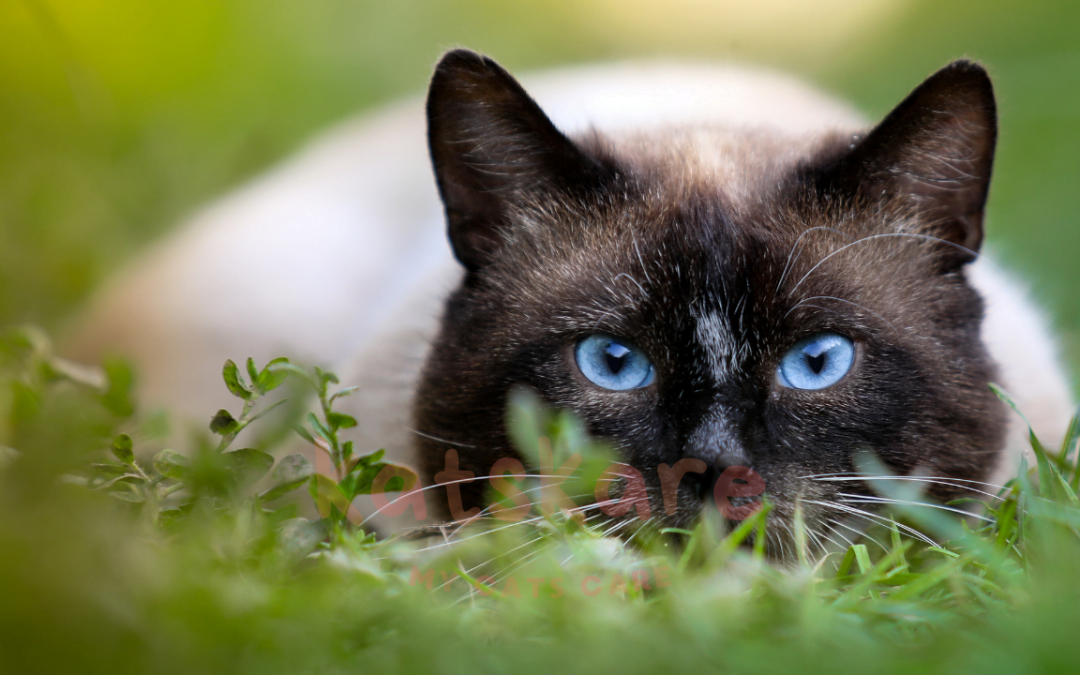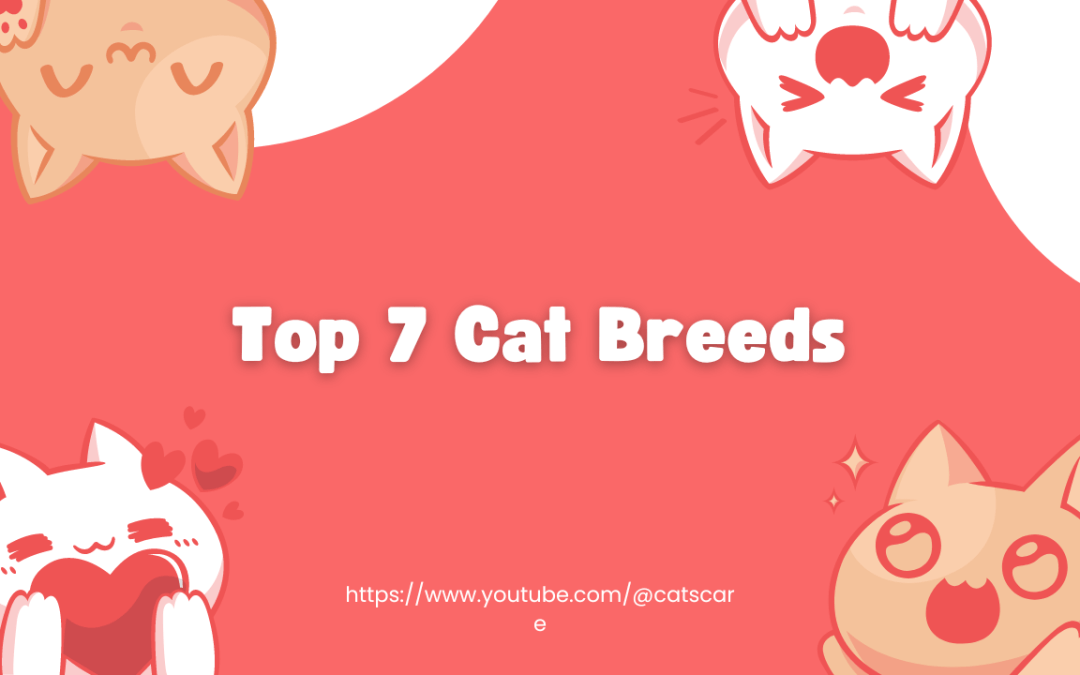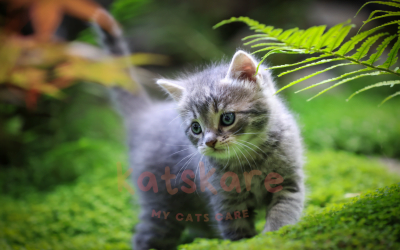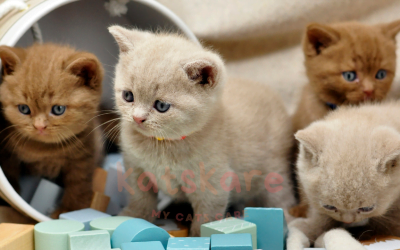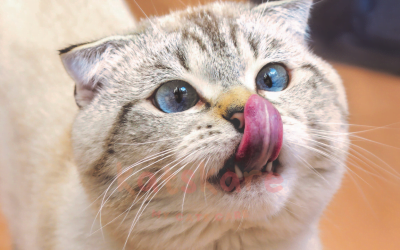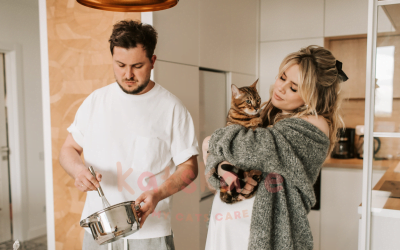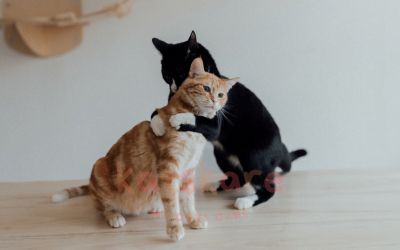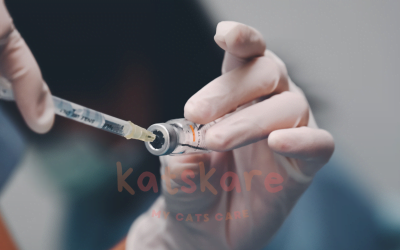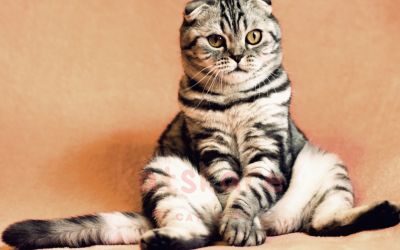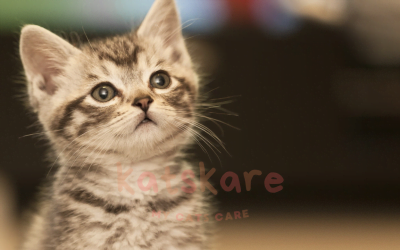Explore the captivating world of British Shorthair cats, celebrated for their round faces, dense coats, and amiable personalities. Uncover their fascinating history, unique traits, care requirements, and why they make wonderful companions in this all-encompassing guide.
The British Shorthair Cat: A Complete Guide to Their Charming Characteristics and Rich History
The British Shorthair cat, with its round, expressive eyes and plush, dense coat, is an endearing and beloved breed that has captured the hearts of cat enthusiasts worldwide. Originally hailing from Great Britain, these felines boast a rich history dating back centuries. With their amiable personalities and distinctive appearance, British Shorthairs have remained popular pets for generations. In this comprehensive guide, we will delve into the captivating world of British Shorthair cats, exploring their origins, charming characteristics, care needs, and why they make exceptional companions.
1. The Historical Roots of the British Shorthair Cat
The roots of the British Shorthair cat can be traced back to ancient times when they were brought to Britain by the Romans to help control rodent populations. Over the centuries, these cats interbred with other felines, eventually forming the foundation for the British Shorthair breed we know today. They became popular during the late 19th century, and careful breeding efforts led to the preservation of their distinctive characteristics.
2. Distinctive Physical Characteristics
The British Shorthair cat is instantly recognizable due to its round face, large, expressive eyes, and sturdy build. They have a dense and plush coat with a wide array of colors and patterns, ranging from classic blue-gray to white, black, cream, and various tabby patterns. Their compact bodies and broad chests exude a sense of strength and stability, making them truly charming and appealing felines.
3. The Gentle and Laid-Back Personality
British Shorthair cats are known for their gentle and laid-back personalities. They have a calm and easy-going nature, which makes them well-suited for indoor living. While they are not as vocal as some other breeds, they are affectionate and enjoy spending time with their human companions. British Shorthairs are content to sit on your lap or relax nearby, appreciating the quieter moments of life.
4. A Family-Friendly Companion
With their friendly and patient demeanor, British Shorthair cats are excellent family pets. They are generally good with children and get along well with other pets, making them a wonderful addition to households with multiple animals. Their adaptability and social nature ensure they integrate smoothly into a family setting.
5. British Shorthair Health Considerations
British Shorthair cats are generally robust and healthy. However, they may be prone to certain genetic health conditions, such as hypertrophic cardiomyopathy (HCM) and polycystic kidney disease (PKD). Regular veterinary check-ups are essential to monitor their overall health and address any potential issues promptly. Responsible breeders perform genetic testing to reduce the risk of hereditary conditions in their breeding lines.
6. Low-Maintenance Grooming
Despite their dense coats, British Shorthair cats are relatively low-maintenance when it comes to grooming. Their fur requires regular brushing to minimize shedding and matting, particularly during seasonal changes. Additionally, regular dental care and nail trimming should be a part of their grooming routine, ensuring their overall well-being.
7. The Fascinating Array of Colors and Patterns
The British Shorthair breed boasts an impressive array of colors and patterns. From the classic blue to cinnamon, silver, and golden hues, their coat colors offer a delightful variety. Moreover, they come in various eye-catching patterns, such as tabby, colorpoint, and bicolor, further adding to their charm and appeal.
8. British Shorthair as a Beloved Companion
The British Shorthair cat’s winning combination of endearing physical features, gentle personality, and low-maintenance care requirements has made them cherished companions for countless cat lovers. Whether you live in a cozy apartment or a spacious house, these adaptable and content felines will bring joy and comfort to your life.
Conclusion
In conclusion, the British Shorthair cat is a captivating breed with a rich history and an abundance of charm. From their round faces and expressive eyes to their dense coats in various colors and patterns, British Shorthairs are a feast for the eyes. Their gentle and laid-back personalities make them excellent companions for families and individuals alike. With their low-maintenance grooming needs and affectionate nature, British Shorthair cats offer unconditional love and companionship, enriching the lives of those fortunate enough to share their homes with these endearing felines.

